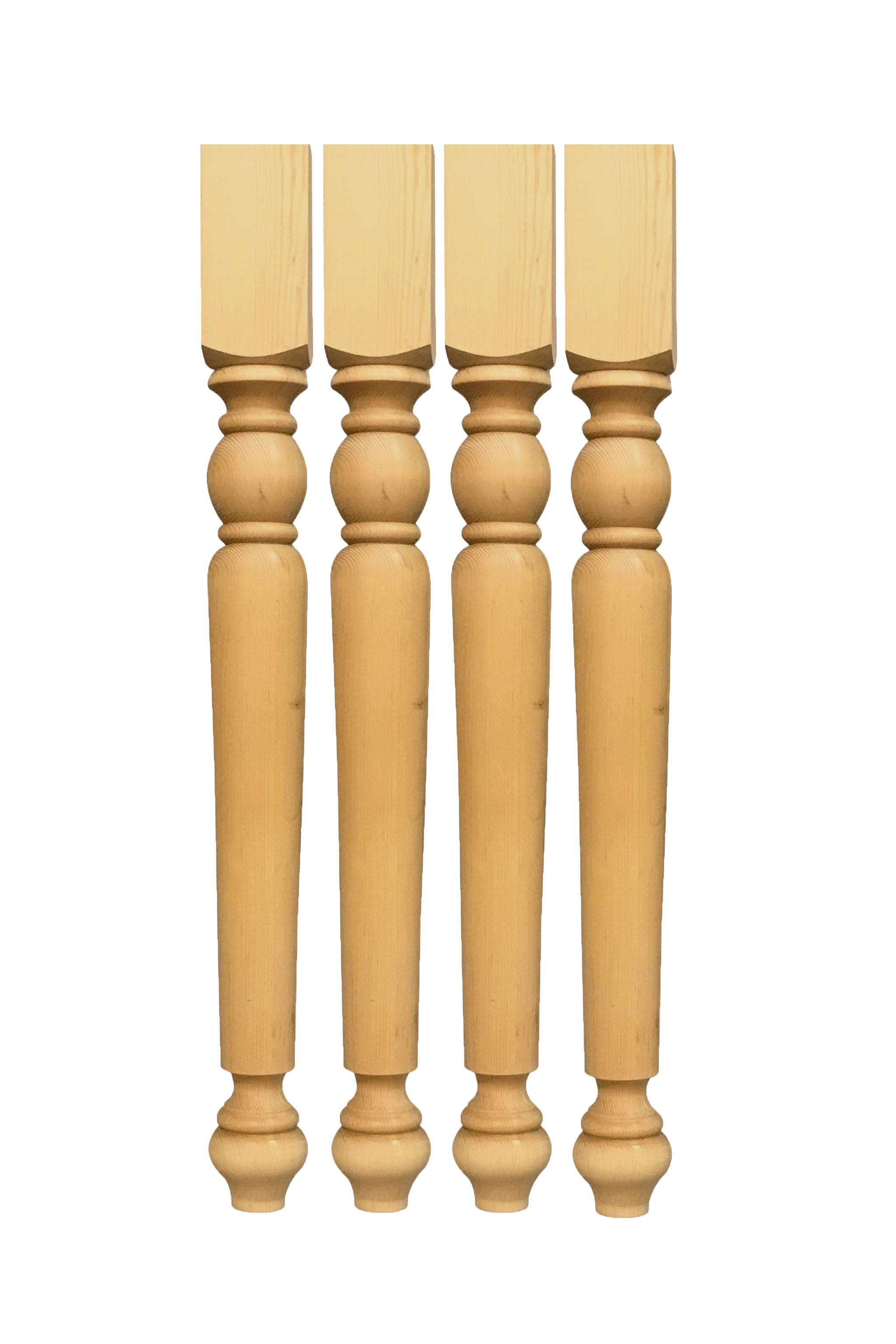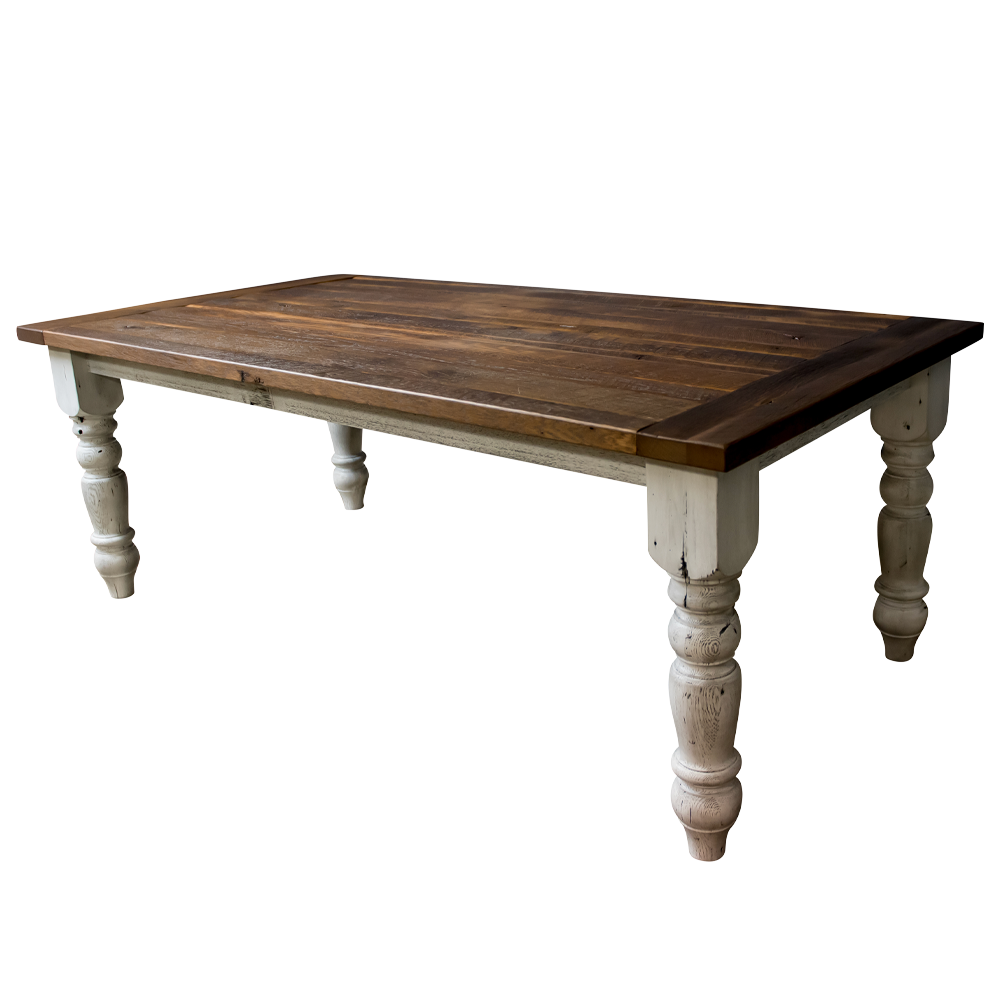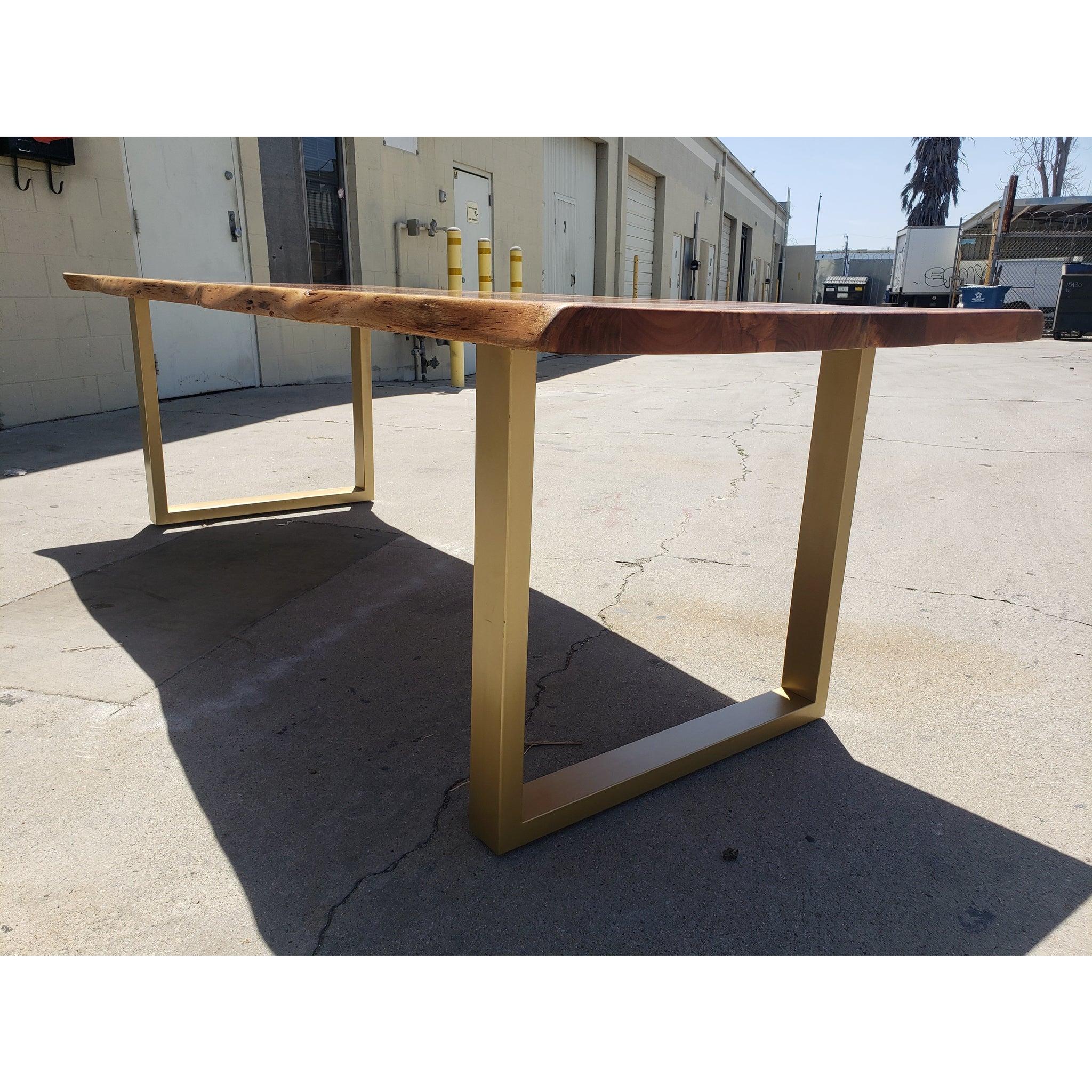Bring Heat and Personality to Your Space with Dining Table Legs Wood
Bring Heat and Personality to Your Space with Dining Table Legs Wood
Blog Article
Exploring the Various Sorts Of Eating Table Legs Wood for Your Dining Space
The selection of dining table legs wood can greatly affect both the visual and functional top qualities of your eating room. Solid timber options, such as oak and walnut, give a timeless appearance with unparalleled toughness, while crafted timber options use ingenious styles that simulate the richness of all-natural grains.
Strong Timber Options

In addition, strong timber is renowned for its toughness and longevity. Unlike engineered materials, strong timber is much less susceptible to bending and damages with time when correctly preserved. This makes it a perfect choice for families or those who often organize celebrations. Each item of solid wood is one-of-a-kind, showcasing individual qualities that include in the charm and character of the dining table.
In addition, strong timber can be completed in many means, varying from natural oils to stained coatings, permitting homeowners to personalize their furnishings to match their style. In recap, choosing solid wood for eating table legs not only ensures structural integrity yet likewise improves the visual appeal of the eating area, making it a rewarding financial investment for any home.
Engineered Timber Alternatives

Plywood, built from multiple layers of timber veneer, is particularly solid and steady, making it an excellent selection for eating table legs. Its split composition permits it to stand up to adjustments in humidity and temperature level far better than typical solid timber. MDF, on the other hand, provides a smooth surface area for painting or veneering, making it possible for developers to accomplish a sleek look while preserving architectural integrity.
When picking crafted timber choices, it is vital to consider the intended use and preferred visual. These products not just boost the functionality of eating areas however likewise enable for higher style adaptability, ensuring that typical and modern designs can exist together harmoniously.
Reclaimed Wood Features
Recovered timber provides an one-of-a-kind blend of sustainability and character, making it a progressively popular choice for dining table legs. Sourced from old barns, factories, and various other frameworks, redeemed timber embodies a history that brand-new why not try this out products just can not duplicate. Each piece carries its own tale, noted by unique imperfections, knots, and varying grain patterns, which add to a table's special aesthetic allure.
In enhancement to its visual charm, redeemed timber is an eco-friendly alternative. By repurposing formerly utilized products, it minimizes the demand for new lumber, hence helping to conserve woodlands and reduce waste. This straightens with a growing customer preference for sustainable methods in furnishings.
Furthermore, redeemed wood is frequently extra resilient than recently collected wood as a result of its age. The all-natural drying process that reclaimed timber goes through lead to a denser and stronger product, making it less prone to bending and splitting. This enhances the longevity of dining this page tables, enabling them to withstand the rigors of day-to-day use.
Softwood vs. Wood
When picking eating table legs, recognizing the differences between softwood and hardwood is important for attaining both visual and functional goals. They usually display an even more rustic look, making them suitable for country-style or laid-back dining rooms.
On the various other hand, woods, sourced from deciduous trees like oak, cherry, and maple, are renowned for their density, stamina, and durability. The intricate grain patterns and rich shades of hardwoods provide a sophisticated and timeless charm, making them excellent for official eating settings. While woods have a official source tendency to be a lot more pricey and heavier, their resilience versus damage usually warrants the investment.
Eventually, the choice in between softwood and wood for dining table legs need to line up with your style vision, usage requirements, and budget plan, guaranteeing that your dining area reflects your individual design while continuing to be practical over time.

Treatments and finishes
The aesthetic appeal and longevity of table legs can be significantly boosted via different coatings and treatments. These procedures not just safeguard the wood from damage however likewise elevate its appearance, allowing it to enhance diverse interior designs.
One common therapy is tarnishing, which permeates the wood and enhances its all-natural grain while adding color. Discolorations give an abundant, classy look, allowing house owners to match their furnishings with existing decoration. On the other hand, clear surfaces such as polyurethane or varnish create a protective layer without altering the timber's original tone, making sure longevity against wear and tear.
Furthermore, all-natural oils, like tung or linseed oil, nourish the timber and supply a refined sheen, all while being eco-friendly. These oils enable the surface to take a breath, avoiding moisture accumulation and potential bending.
For those seeking a rustic beauty, weathered or distressed finishes can be related to create an aged appearance, adding personality to the piece. Eventually, the choice of treatments and coatings depends upon individual preference, preferred aesthetic appeals, and the certain timber type, making it necessary to consider these aspects when selecting dining table legs for your room.
Conclusion
Solid woods, crafted options, and redeemed alternatives each offer distinct advantages, catering to various choices and requirements. Eventually, the selection of wood kind must line up with desired style, longevity, and ecological factors to consider, enhancing the overall eating experience.
The selection of dining table legs timber can greatly influence both the aesthetic and functional top qualities of your eating room - Dining Table Legs Wood. Strong wood choices, such as oak and walnut, supply a timeless appearance with unequaled resilience, while engineered timber choices use cutting-edge styles that mimic the splendor of all-natural grains. Strong wood offers an ageless high quality that can elevate the total style of a dining space. Each item of solid timber is one-of-a-kind, showcasing specific qualities that add to the charm and personality of the dining table
Furthermore, recovered wood is usually a lot more sturdy than freshly harvested timber due to its age.
Report this page